This is a grassy perennial plant with a size ranging from 30 to 100 cm in height.
Discover the flora of the Reserve
The vegetation in the Reserve is probably more diverse than it was a century ago. It consists of damp meadows (now practically gone), rush stands, and residual bodies of water occupied by sedges and floating grasses. Extraction of the peat has radically altered the original plant landscape; however, it has contributed to creating a set of various small intersecting environments, resulting in a complex ‘ecological mosaic’ of great biological value. Unfortunately, in the last 20 years, some valuable plants have disappeared or diminished, initially due to water pollution, and then compounded by the presence of numerous invasive alien animal species.
The most important factor for the environments in the Reserve is the amount of water in the soil and its depth in flooded areas. In relation to this, various types of vegetation are found in the Reserve, as shown in the figure. These types of vegetation give rise to different habitats, eight of which are protected by the European Union Habitats Directive.
As can be seen in the latest botanical report, 412 species of vascular plants have been identified within the Torbiere del Sebino Nature Reserve, 31 of which are of conservation interest following national and international regulations. The Reserve also contains 21 invasive species, included on the Black List (Regional Law 10/2008). These are considered alien species subject to monitoring, containment, or eradication.
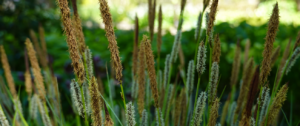
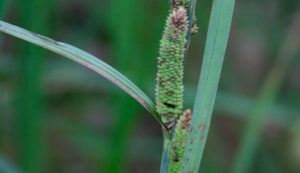
Lesser Pond Sedge
This is a grassy perennial plant with a size ranging from 50 to 120 cm in height.
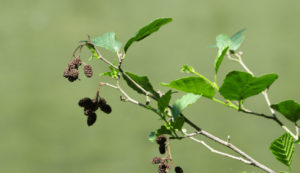
Black Alder
This tree can reach 25 m, but has an average height of 8–10 m. It normally has a straight, slender trunk, and dense, generally pointy foliage.
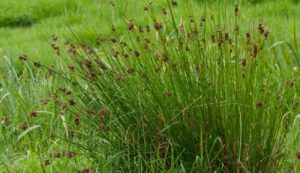
Rushes
Grassy plants typical of damp environments with a cosmopolitan distribution. More than 300 species exist.
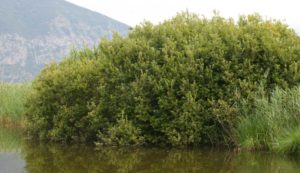
Grey willow
This is a shrub or small tree that grows up to 15 metres in height. It is native to Europe and Western Asia. In its shrub form, it often forms easily recognizable globular forms.
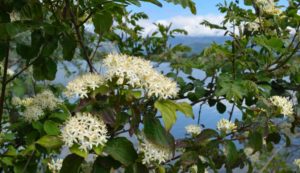
Common Dogwood
A bushy shrub or rarely a small tree. Deciduous, with an upright, often sinuous trunk with lots of irregular branches, even near the ground.
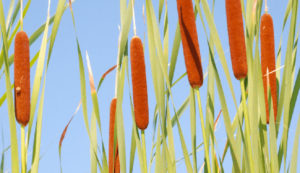
Bulrush
A perennial grassy plant with an elongated horizontal rhizome
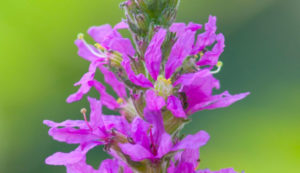
Purple Loosestrife
A perennial grassy plant in the Lythraceae family, 30–120 cm tall, with upright stems, either simple or with branches, reddish in colour, hairy, with a square cross section.
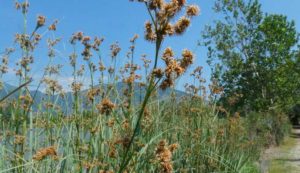
Swamp Sawgrass
A species protected by Regional Law 10/2008.
A grassy plant with an upright stem extending from a horizontal underground rhizome.